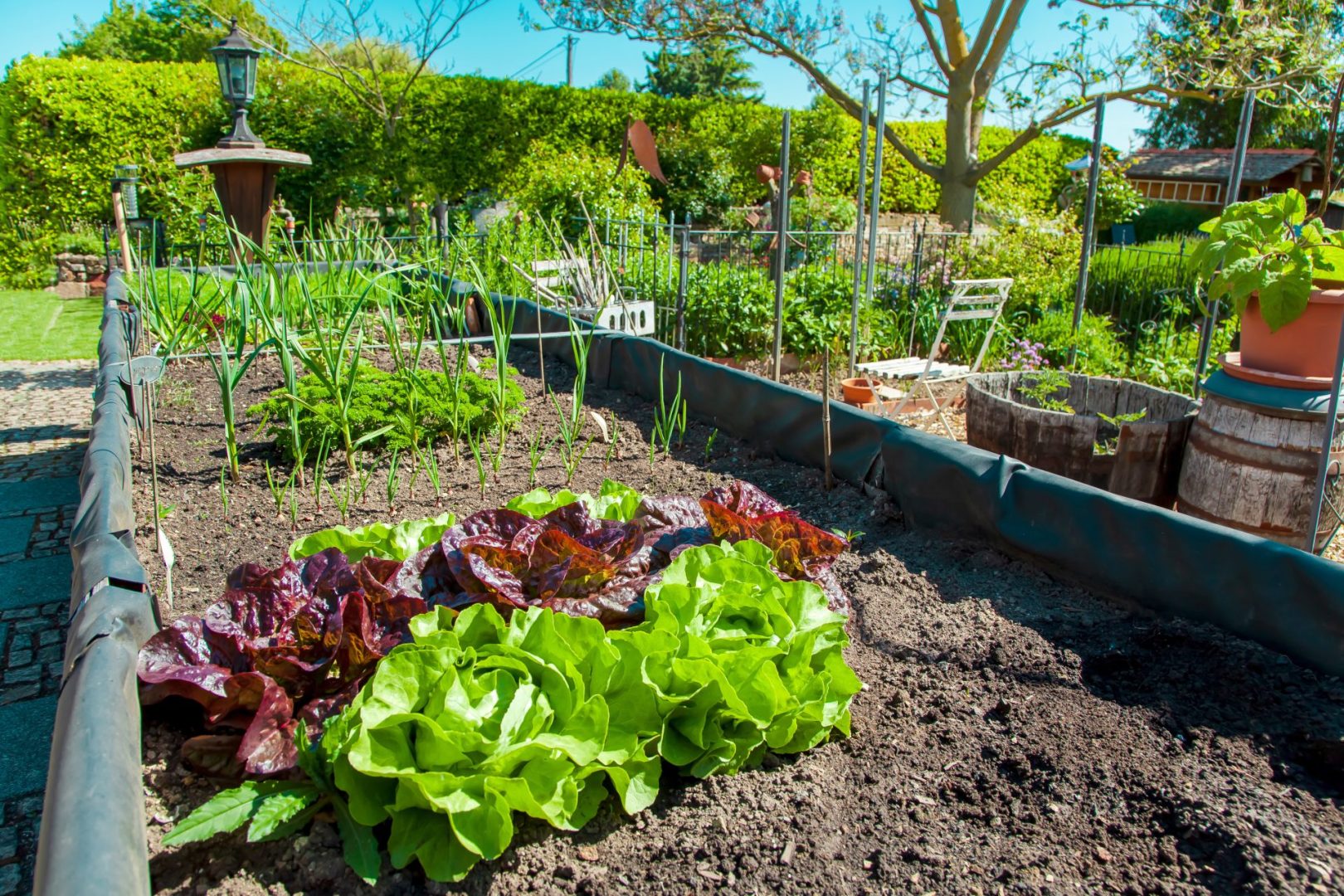By Karen Cohen
Have you ever grown corn? We have for many years. Yes, you do need a bit of extra space for corn but it is doable even for small gardens. Last year, we planted two crops, one early summer, a stand about 10 feet long by 4 feet wide, and then a second crop midsummer, same size. Of course, the bigger your space, the more corn you can grow.
First we soak the corn seeds for a few hours, not overnight because they may get too mushy. Then we space the seeds about 8-1/2 inches from one another and start making rows. I drop in one or two seeds per hole. Corn pollinates typically by wind, so keeping a corn stand together in one space helps pollination. Insects also carry pollen from one tassel to another. If you really want to be sure of pollination, you can lend a helping hand. That requires taking off one tassel and wiping it along the silky tassel of the neighboring stalk. You can also cross pollinate if you want to experiment.
Here is the U.S., sweet corn is what we crave on our plates for summertime enjoyment. Corn generally ripens all at the same time, about 60-90 days after planting directly in the ground. Usually it doesn’t like to be started in seedling trays because it doesn’t transplant well, but if you are careful and use peat pots you can bury corn seedlings directly into your prepared ground without disturbing the corn’s roots that are young and forming. This year, I will be starting corn in my hoop house to get an earlier start.
Corn takes about two to three weeks to germinate. It needs soil temps of about 50 degrees or more. Warmer soils will give quicker germination rates. First we cover our prepared corn space with black plastic in the spring or even the previous winter to kill down weeds and also help heat up the soil under the plastic when the sun comes out. Some folks like planting veggies into the black plastic by making holes to drop seeds or plants. My preference is pulling out the black plastic at planting time, covering the ground with mature compost and then popping seeds directly into the ground. I use a simple 12” stick for my spacing in either direction, just keep it moving along 12 inches as I go. Plant each seed about 2 inches deep and tamp down with some loose soil for good contact.
Once you drop your seeds, the small task is to keep out the birds that may pull out the fresh seedlings. Row cover is an easy fix, drape it over your space and use some bricks or rocks to keep it from blowing away. I wait till the corn plants grow about 3 inches or so and then safely remove the row cover. My garden is also fenced to keep out critters including my cats and dog.
We get so much rain here in West Virginia so additional watering is seldom required. I really prefer my garden to “come up” on its own. I believe it strengthens the plants. But a good measure of one inch of water per week for any new plant is ideal. Dehydration can stress out plants. If watering is needed, apply it with a soaker hose or hang water the soil, not the whole corn stalk.
Some corn can produce two ears, maybe even three. Usually I will remove lower ears that may shoot out of the stalks. That allows all the plant’s energy to concentrate on bigger ears forming at the top of the plant. Eating freshly picked corn, believe it or not, can be even more satisfying than eating boiled corn on the cob. When we were market growers in New Jersey, we harvested in the pre-dawn hours to get the batches to our clients just in time for opening hours, 8 a.m. The corn was still full of sweetness and juiciness if we offered a raw sample quickly after harvesting. If you haven’t tried raw sweet corn right out of the garden, please do!
A great companion plant with corn is climbing beans of any kind. Drop a bean seed alongside an emerging corn seed and let nature take its course. The beans will climb right up the stalk for support. It makes your garden more efficient and you can easily pull out any weeds by hand in small plots.
Last year I planted a dwarf variety of sweet corn, called Blue Jade Dwarf corn. Look around for other varieties of dwarf corn to experiment with. This particular corn is gorgeous because just as it ripens, it begins to turn purple-blue. It gets a bit starchy while still sweet and is delicious raw or cooked. We love grilling corn on the cob without shucking them. You can soak them a bit in a bucket of water for 10 minutes, wrap each ear in foil and place directly on a hot grill. Cook for about 20-30 minutes till the corn kernels are tender. Some burn areas add to the taste. Chef Bobby Flay likes to fold down the corn’s husks, strip away the silk by hand, and then put the leaves back in place. Soak in salted water for 10 minutes and then grill with the cover closed for 15 minutes. Serve with herbed butter or BBQ butter!
Try growing corn, it does require some space but it is so rewarding and tastes so much better than store bought.
(Karen Cohen is an organic grower, seed saver, and avid explorer. A local seed exchange event is coming up for those interested in details please email: natureswaykaren@gmail.com)



